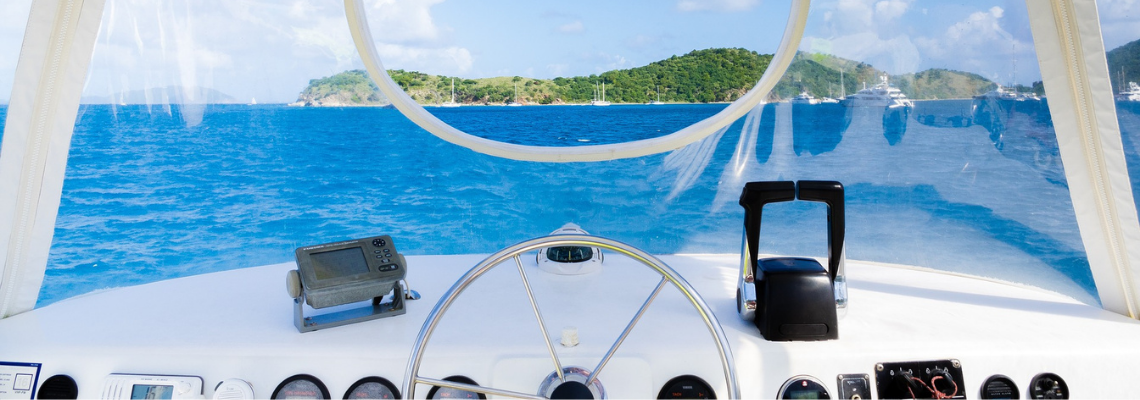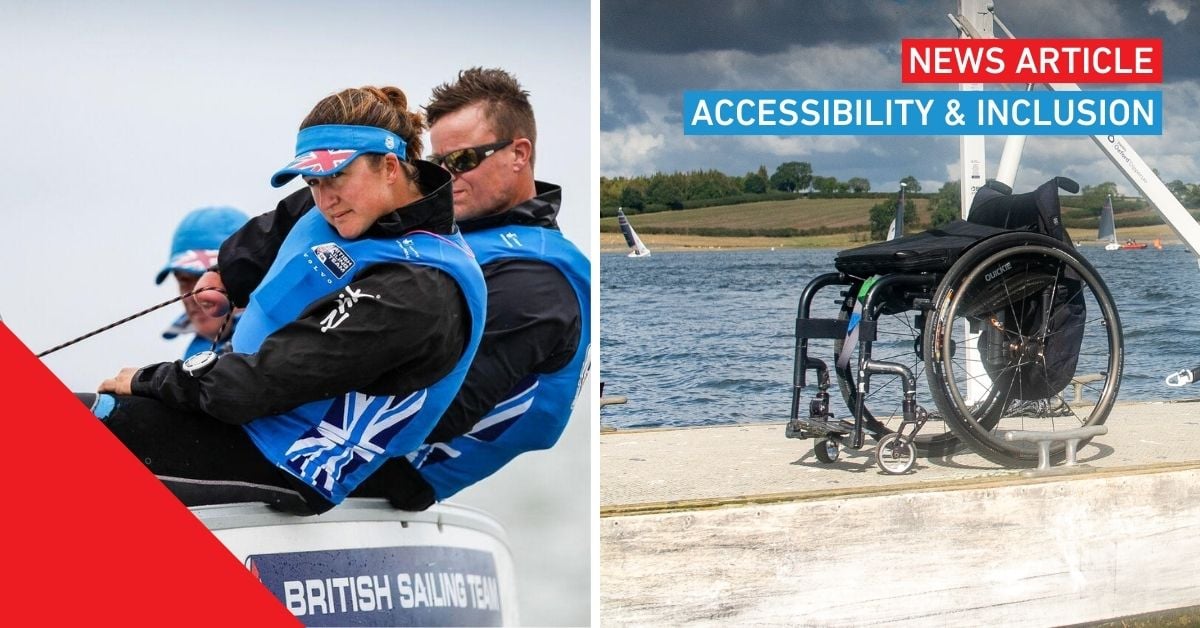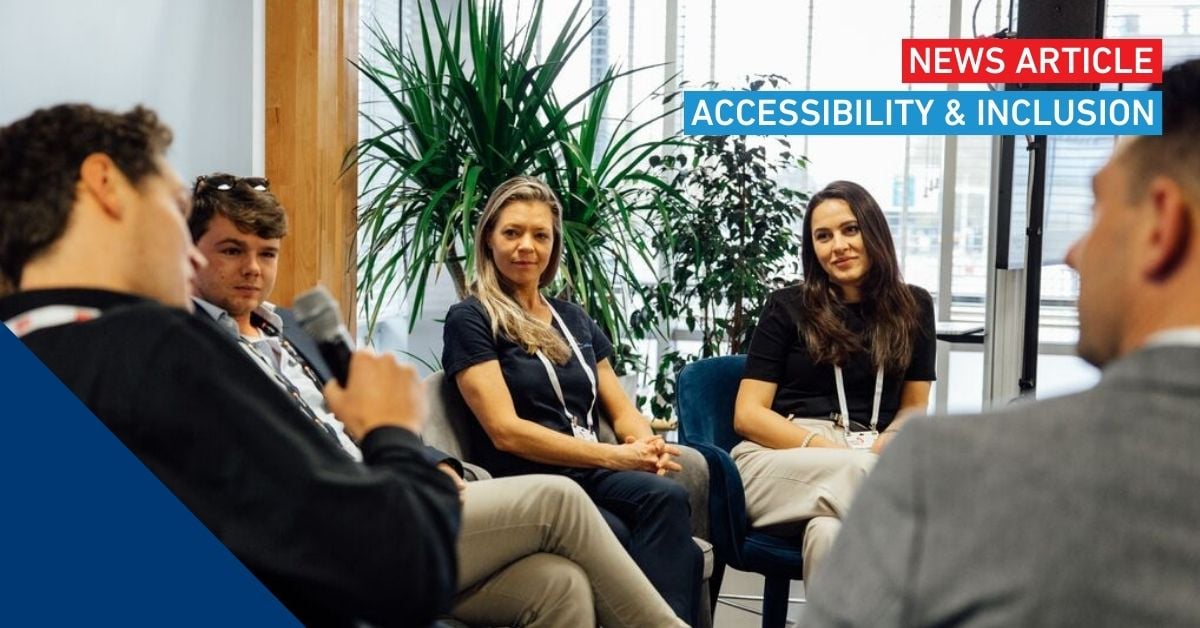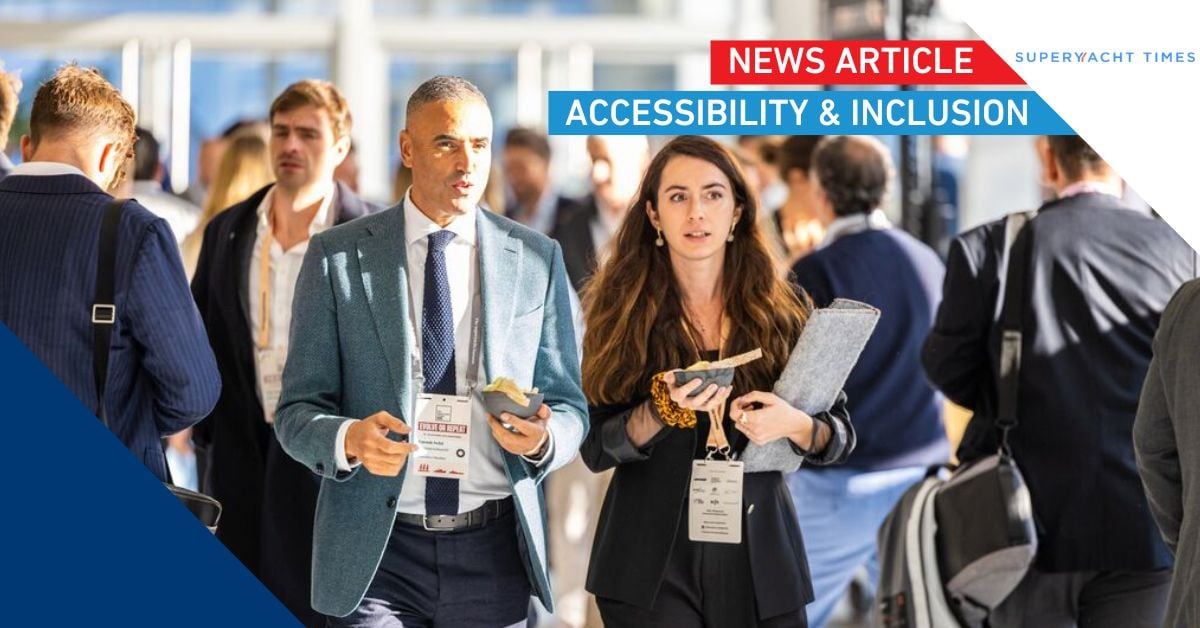The growth of marine electronics onboard
We talk to Ben Ellison, Panbo Senior Editor and DAME Jury member, about the all-pervading growth of marine electronics onboard, industry trends and the need for a user-friendly approach.
Ben Ellison has been sailing out of his home base in Maine, USA since the 1970s. In the early days he cruised to the Caribbean with “just a VHF radio and a depth flasher for electronics.” Today he is one of world’s foremost technical editors specialising in a marine electronics scene that is completely unrecognisable from when he first started out.
Following the DAME Jury meeting this year, we caught up to talk about some of the emergent trends in marine electronic design and how we have probably never plugged so many DAME entries into a power socket to assess their use. This enhanced level of automation carries significant benefits, but also demands great discipline in the way it is designed, which is where we start our conversation:
“Electronics are moving well beyond navigation and the helm, to systems like power distribution, watermakers, domestic services and extensive monitoring on and off the boat,” Ben observes. “All of which is good stuff, but it can be very confusing to operate unless it integrates well, and the user interface is clear. I look forward to the day where it’s all bit smoother for people to use.
“The ultimate object of all this electronic control must be to make boating safer and more fun. That means of course you can more easily operate the boat safely and spend less time fixing things too – though some of us find that part of the challenge!
User interface and integration key
“The user interface is a critical element. A lot of strides have been made but many boaters themselves are also conservative, which can hold things back. When touch screens entered the market, lots of skippers thought that was a terrible idea and worried how usable they would be on a moving boat. However, they work well for many applications. Plus, we’re now so used to phones and tablets with contextual screens and icons, that anyone new to boating particularly would find them easier to understand than equipment with a lot of keys.
“The need to provide a more cohesive user experience is more frequently addressed now by manufacturers developing whole systems in-house. The boat builder or owner therefore does not need to worry so much about whether components connect reliably or function in the same way.
“We’ve seen this trend reflected in whole power distribution systems developed by the likes of Victron and Mastervolt, where they design all key components to work seamlessly together. This approach is likely to hit a new phase though with Brunswick and its Advanced Systems Group (ASG). To have Navico join an already a strong portfolio of technical equipment brands – including Blue Sea, CZone and Mastervolt – sets the potential to substantially up the integration game. We’ll surely find interesting boats emerging from this venture using only ASG equipment. It is also likely we’ll see other equipment manufacturers seek similar partnerships too. All of which will drive a need for a lot of collaborative effort between designers.
Multiple connectivity
“Not all electronics design trends are centring around a single approach though. There was a time I thought that almost all integrated equipment should be networked using NMEA 2000. It's a wonderful protocol, but it has its limitations and we’re seeing frequent use of multiple protocols such as WiFi, Ethernet and Bluetooth to improve connectivity and interoperability. There are things, such as remote connection to shore support, that NMEA2000 is unable to provide, but which offer great potential to improve the user experience.
“The concept of multiple levels of connectivity sounds terribly complicated but in practice it works. It's also allowing smaller manufacturers to make valuable peripherals like NMEA 2000 sensors which enhance the network in terms of information and alerting but are configured using Bluetooth or WiFi apps because they don’t have their own screens or buttons.
Need to improve alarms
“That takes me onto an area where I hope to see improvements in the future – alarms. There’s a current trend in boat system monitoring that if you put the data on the screen, that's good enough. Well, it's not.
“As boats get more complicated an interface designer should be thinking more about the user experience. I don't want to be stuck staring at a screen all the time when out on the water. It's not good practice. You want to be able to get your eyes out of the boat.
“Engine alarms are a particular gripe. Modern multifunction displays will handle old-fashioned basic alerts like low oil pressure and high coolant temperature. But there's so many other parameters in the engine room you want to measure, like raw water pump temperature to see if it is getting blocked. There are sensors for these things, but usually you need specialist equipment to make them useful. I think that will improve.
“What you need is a system that you can be set up in an intelligent way to inform you proactively, such as ‘If I'm underway and this temperature goes over 70°, please give me a warning – if it goes over 90°, give me an alarm.’ These alarms should both visible and audible.
“A voice saying your engine is about to boil or your boat run aground might freak some boaters out! However, if we get this kind of system right it will be a good thing that will improve safety and accessibility. It takes a lot of logic to build successful alarms but it’s all very possible now with software. If systems are designed that are reliable and not throwing false alerts, then we’ll develop confidence in them and gain the benefit.”
Share your stories on leisure marine industry with us
Do you have an innovation, research results or an other interesting topic you would like to share with the leisure marine equipment industry? The METSTRADE website and social media channels are a great platform to showcase your stories! Let us know via metstrade@rai.nl
Are you a METSTRADE exhibitor?
Make sure you add your latest press releases to your Company Profile in the Exhibitor Portal for free exposure.





